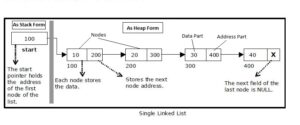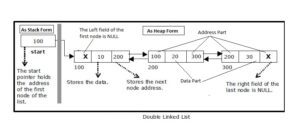Data Structure
Merging in Data Structure
Introduction of Merging in Data Structure The merging in data structure is a fundamental process or operation in many algorithms and data manipulation tasks. Definition of Merging Merging is the process of combining two or more Read more…


0 Comments